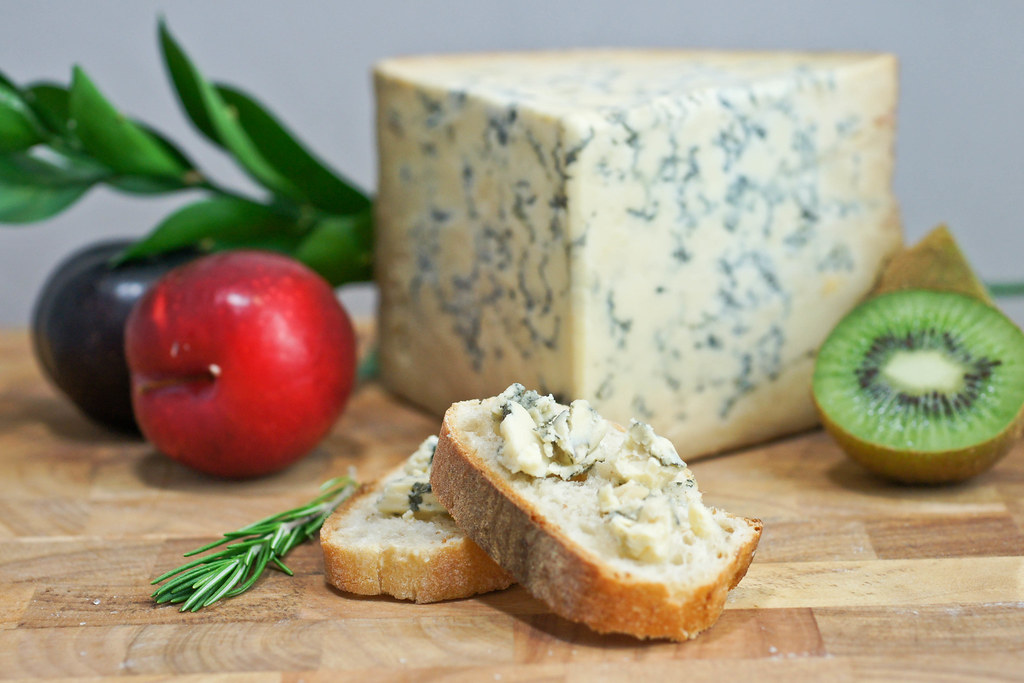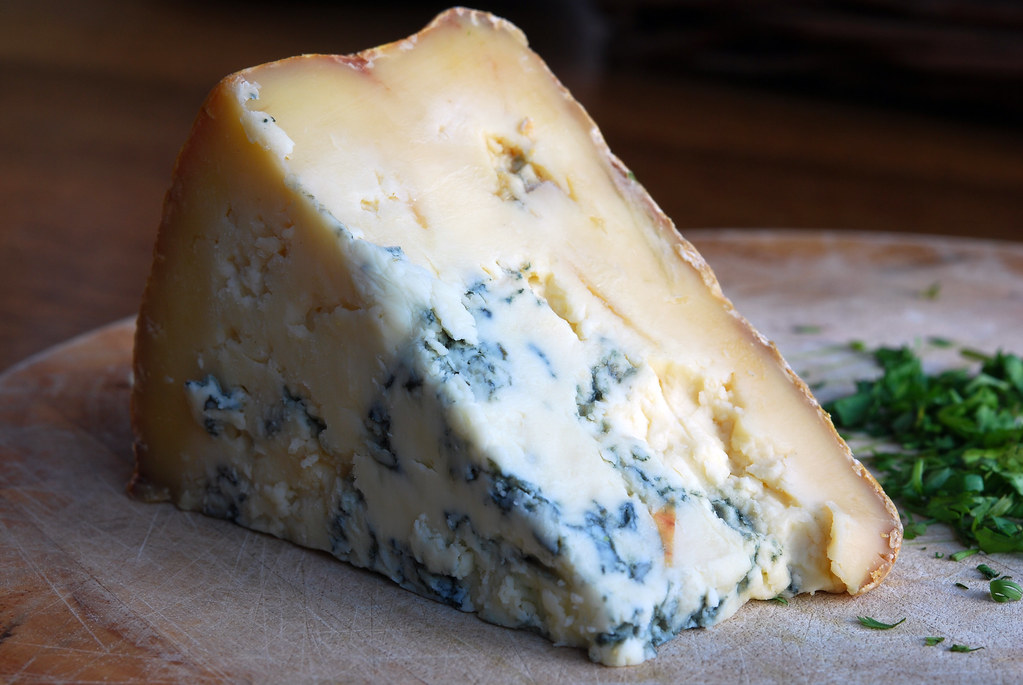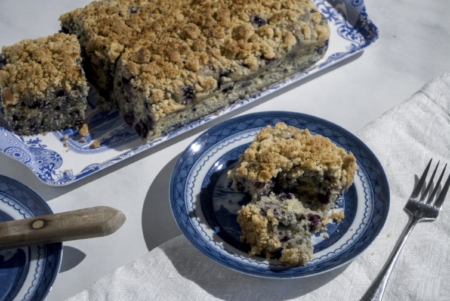Stilton cheese is a creamy, English cheese known for its distinctive blue veining and rich nutty flavor. A classic cheese found on cheese boards all over the world, Stilton has been produced for hundreds of years. Read on to learn more about this decadent cheese.
History of Stilton Cheese
Stilton cheese originated in the town of Stilton, England in the 18th century. The cheesemaker, Frances Pawlett, is credited with giving Stilton the shape, taste, and look that has come to be associated with Stilton cheese today. The name Stilton is a protected term in Europe and can only be produced in the English counties of Derbyshire, Leicestershire and Nottinghamshire. Interestingly, not all Stilton is blue. Only Stiltons that have been inoculated with Penicillium roqueforti have this color. Those that are not inoculated are white with the characteristic creaminess of blue, but without the tanginess.

Taste of Stilton Cheese
A good Stilton is judged by its creaminess. The very best Stiltons are rich and buttery with a subtle sweetness and undercurrent of nuttiness. The texture of Stilton is crumbly, yet soft and somewhat pasty.
Best Recipes for Stilton
It doesn’t get any better than a fresh wedge of Stilton on a crisp cracker, but there are ways to cook with Stilton that let this unique cheese shine. Our recipe for Pasta with Gorgonzola Cream Sauce would taste fantastic with Stilton in place of the Gorgonzola. The salty, creamy cheese is the perfect flavoring component for tender pasta and leafy spinach. Looking for an unusual, but delicious pizza topping? Crumbled fresh Stilton tastes fantastic on top of salad flatbread. Try out this recipe to see for yourself.

Buying and Storing Stilton
You can find Stilton in your local grocery store, cheese shop, or online. We recommend storing Stilton loosely wrapped in cheese paper or parchment paper in the refrigerator. Because Stilton is fairly strong in aroma, we recommend storing it in the dairy case on the door of your refrigerator or in its own container.
Feature Image: Flickr user formalfallacy ( CC BY-NC-SA 2.0 )



